Arquitectura Inclusiva: Hacia la Construcción de Ciudades Accesibles y Sostenibles
Resumen
La arquitectura, el urbanismo y el paisajismo son disciplinas clave para construir ciudades más inclusivas y sostenibles. La sostenibilidad, entendida como el equilibrio entre el desarrollo humano y la preservación del medio ambiente, y la accesibilidad, como un derecho universal que garantiza la participación plena de todas las personas, deben integrarse desde las etapas iniciales de planificación y diseño. Esto no solo mejora la calidad de vida de los habitantes, sino que también promueve un desarrollo urbano más equitativo y resiliente. Los profesionales de la arquitectura tienen la responsabilidad de liderar este cambio, incorporando criterios de diseño universal, eficiencia energética y uso responsable de recursos en sus proyectos. Además, la colaboración multidisciplinaria y el fortalecimiento de políticas públicas son esenciales para lograr ciudades que respondan a las necesidades actuales y futuras. La educación y la innovación en estas disciplinas son fundamentales para construir entornos urbanos que no solo sean funcionales y estéticos, sino también inclusivos y respetuosos con el medio ambiente, asegurando un futuro más justo y sostenible para todos
Descargas
Citas
Allen, E. (1995). The architect’s studio companion: Rules of thumb for preliminary design. Wiley.
Beatley, T. (2011). Biophilic cities: Integrating nature into urban design and planning. Island Press.
https://archive.org/details/biophiliccitiesi0000beat
Brenner, N., & Schmid, C. (2015). Towards a new epistemology of the urban? City, 19(2-3), 151-182.
https://doi.org/10.1080/13604813.2015.1014712
Ching, F. D. K. (2014). Architecture: Form, space, and order. Wiley.
Corner, J. (2006). Terra fluxus. In C. Waldheim (Ed.), The landscape urbanism reader (pp. 21-33). Princeton Architectural Press.
Cullen, G. (1961). The concise townscape. Architectural Press.
https://archive.org/details/concisetownscape0000cull
Edwards, B. (2005). Rough guide to sustainability: A design primer. RIBA Publishing.
https://www.ribabooks.com/Rough-Guide-to-Sustainability-A-Design-Primer_9781859465073
Florida, R. (2017). The new urban crisis: How our cities are increasing inequality, deepening segregation, and failing the middle class—and what we can do about it. Basic Books.
https://link.springer.com/article/10.1007/s10901-018-9632-3
Flyvbjerg, B. (2014). What you should know about megaprojects and why: An overview. Project Management Journal, 45(2), 6-19. https://doi.org/10.1002/pmj.21409
Frampton, K. (2020). Modern architecture: A critical history. Thames & Hudson.
https://www.tandfonline.com/doi/full/10.1080/13602365.2021.1962053
Gehl, J. (2010). Cities for people. Island Press. https://archive.org/details/cities-for-people-jan-gehl
Gehl, J. (2011). Life between buildings: Using public space. Island Press.
Glaeser, E. (2011). Triumph of the city: How our greatest invention makes us richer, smarter, greener, healthier, and happier. Penguin Press.
Gleeson, B. (1999). Geographies of disability. Routledge.
González Benítez , E. (2023). Aplicación de las TIC en las Clases Virtuales de Educación Física en el nivel medio del Colegio Técnico Juan XXIII FROSEP durante la Pandemia del Covid-19 en los años 2020 y 2021. Estudios Y Perspectivas Revista Científica Y Académica , 3(2), 156–180. https://doi.org/10.61384/r.c.a.v3i2.43
Franco Gallegos , L. I., Aguirre Chávez , J. F., Ponce de León, A. C., Robles Hernández, G. S. I., & Montes Mata, K. J. (2024). Intersecciones entre la salud mental y la actividad física: revisión de beneficios y mecanismos neurofisiológicos. Revista Científica De Salud Y Desarrollo Humano, 5(2), 304–325. https://doi.org/10.61368/r.s.d.h.v5i2.137
Alvarez Vera, R. (2023). Filosofía para un mundo pospandémico. Emergentes - Revista Científica, 3(2), 43–55. https://doi.org/10.60112/erc.v3i2.31
López, C., & Rivera, M. (2023). Control de Enfermería en Personas con Diabetes Gestacional en Embarazadas de la Argentina. Revista Veritas De Difusão Científica, 4(2), 88–101. https://doi.org/10.61616/rvdc.v4i2.48
Martínez, O., Aranda , R., Barreto , E., Fanego , J., Fernández , A., López , J., Medina , J., Meza , M., Muñoz , D., & Urbieta , J. (2024). Los tipos de discriminación laboral en las ciudades de Capiatá y San Lorenzo. Arandu UTIC, 11(1), 77–95. Recuperado a partir de https://www.uticvirtual.edu.py/revista.ojs/index.php/revistas/article/view/179
v, H., & Quispe Coca, R. A. (2024). Tecno Bio Gas. Horizonte Académico, 4(4), 17–23. Recuperado a partir de https://horizonteacademico.org/index.php/horizonte/article/view/14
Da Silva Santos , F., & López Vargas , R. (2020). Efecto del Estrés en la Función Inmune en Pacientes con Enfermedades Autoinmunes: una Revisión de Estudios Latinoamericanos. Revista Científica De Salud Y Desarrollo Humano, 1(1), 46–59. https://doi.org/10.61368/r.s.d.h.v1i1.9
Euan Pablo, L. L. (2025). Impacto Social y Económico de la Trata de Personas en el Estado de Quintana Roo. Ciencia Y Reflexión, 4(1), 893–912. https://doi.org/10.70747/cr.v4i1.149
Del Valle Juarez, M. B. (2025). Optimización de la productividad en Anguiplast S.A. de C.V. mediante diseño de experimentos (DOE). Ciencia Y Reflexión, 4(1), 965–995. https://doi.org/10.70747/cr.v4i1.90
Hall, P. (2014). Cities of tomorrow: An intellectual history of urban planning and design since 1880. Wiley-Blackwell.
Hamraie, A. (2017). Building access: Universal design and the politics of disability. University of Minnesota Press.
Harvey, D. (2012). Rebel cities: From the right to the city to the urban revolution. Verso Books.
Held, D., McGrew, A., Goldblatt, D., & Perraton, J. (1999). Global transformations: Politics, economics and culture. Stanford University Press.
Hough, M. (2004). Cities and natural process: A basis for sustainability. Routledge.
Imrie, R. (2012). Universalism, universal design and equitable access to the built environment. Disability and Rehabilitation, 34(10), 873-882. https://doi.org/10.3109/09638288.2011.624250
Imrie, R., & Hall, P. (2001). Inclusive design: Designing and developing accessible environments. Spon Press.
Jacobs, J. (1961). The death and life of great American cities. Random House.
Kaplan, R., & Kaplan, S. (1989). The experience of nature: A psychological perspective. Cambridge University Press.
Kerzner, H. (2017). Project management: A systems approach to planning, scheduling, and controlling (12th ed.). Wiley.
Lid, I. M. (2014). Universal design and disability: An interdisciplinary perspective. Disability and Rehabilitation, 36(16), 1344-1349. https://doi.org/10.3109/09638288.2014.931472
Lynch, K. (1960). The image of the city. MIT Press.
Moughtin, C. (2003). Urban design: Street and square. Architectural Press.
Pallasmaa, J. (2012). The eyes of the skin: Architecture and the senses. Wiley.
Preiser, W. F. E., & Ostroff, E. (2001). Universal design handbook. McGraw-Hill.
Sassen, S. (2001). The global city: New York, London, Tokyo. Princeton University Press.
Sennett, R. (2018). Building and dwelling: Ethics for the city. Farrar, Straus and Giroux.
Spirn, A. W. (1984). The granite garden: Urban nature and human design. Basic Books.
Steinfeld, E., & Maisel, J. (2012). Universal design: Creating inclusive environments. Wiley.
Thompson, C. W. (2012). Linking landscape and health: The recurring theme. Landscape and Urban Planning, 99(3-4), 187-195. https://doi.org/10.1016/j.landurbplan.2010.10.006
Vitruvio, M. (1999). The ten books on architecture. Cambridge University Press.
World Commission on Environment and Development. (1987). Our common future. Oxford University Press.
Derechos de autor 2025 Israel Alejandrino Cortes Serna

Esta obra está bajo licencia internacional Creative Commons Reconocimiento 4.0.



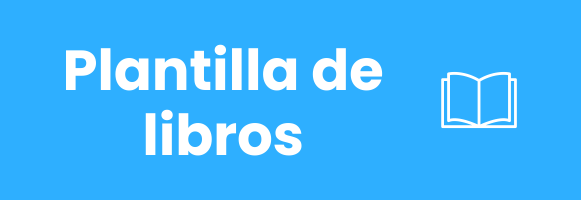
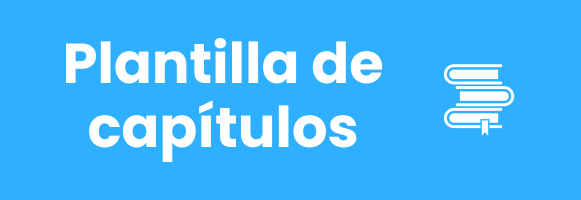
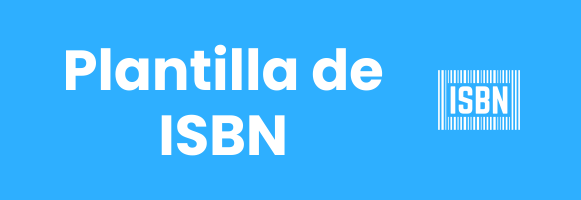



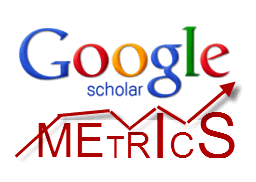
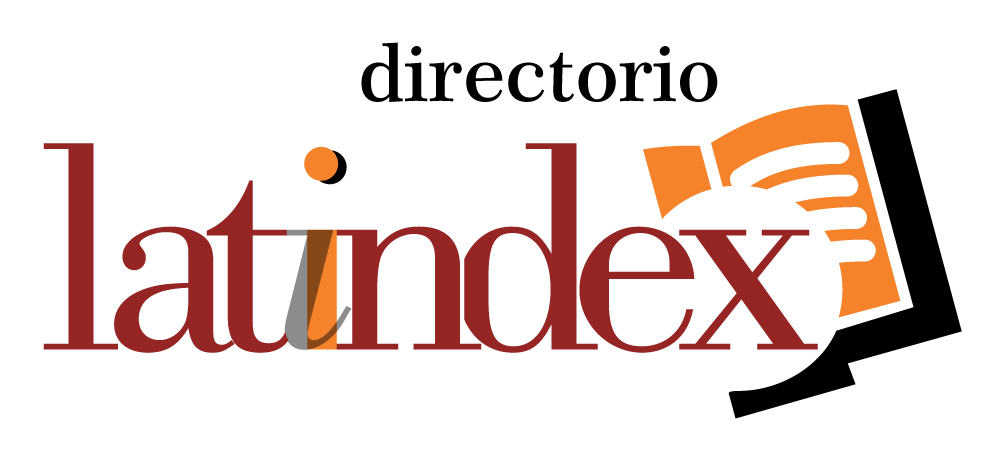
.png)
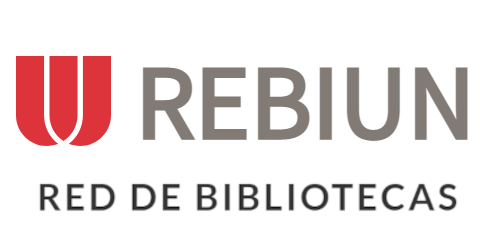







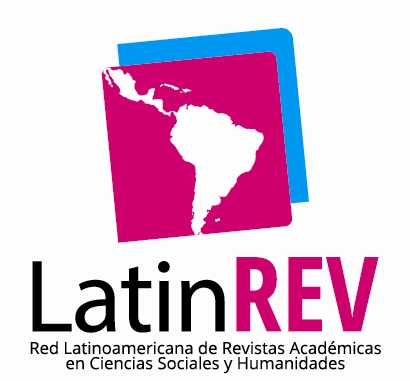

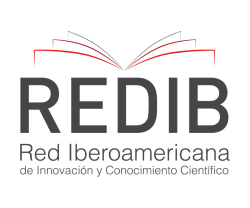


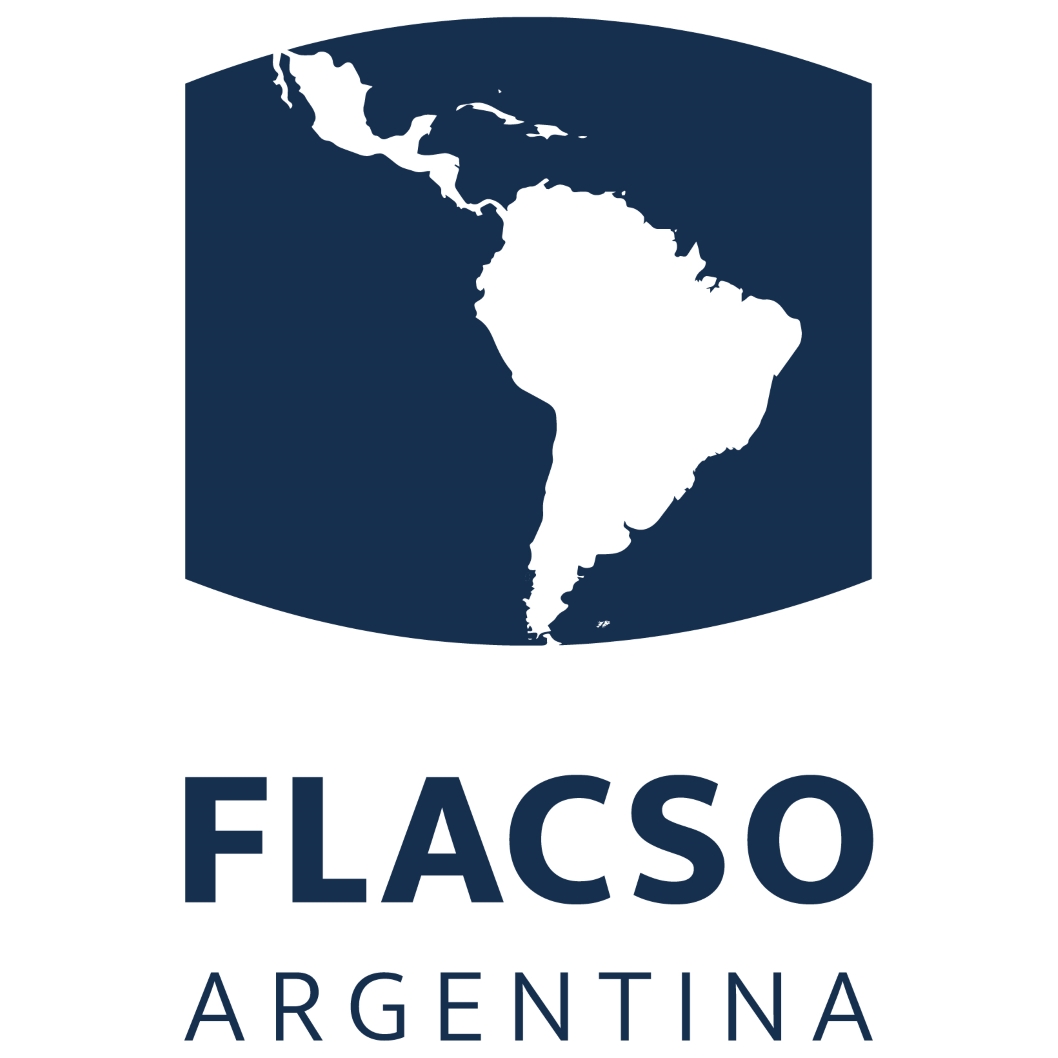






.png)
1.png)


